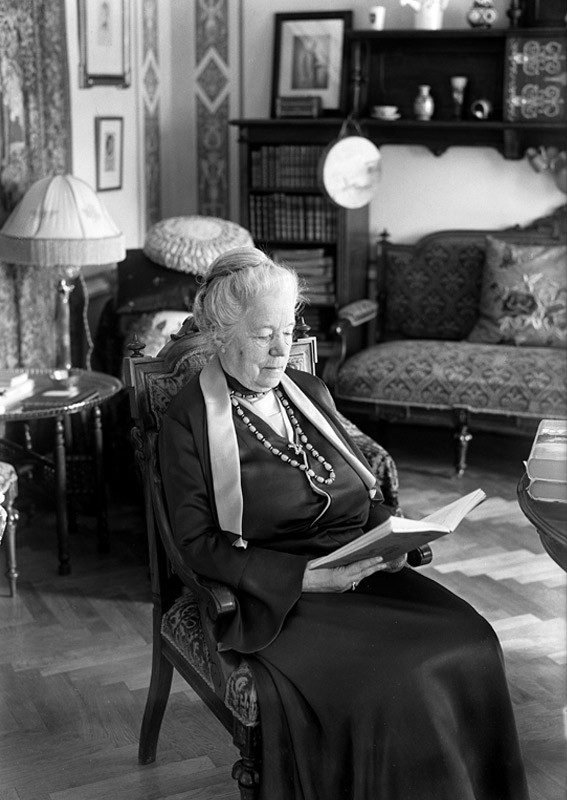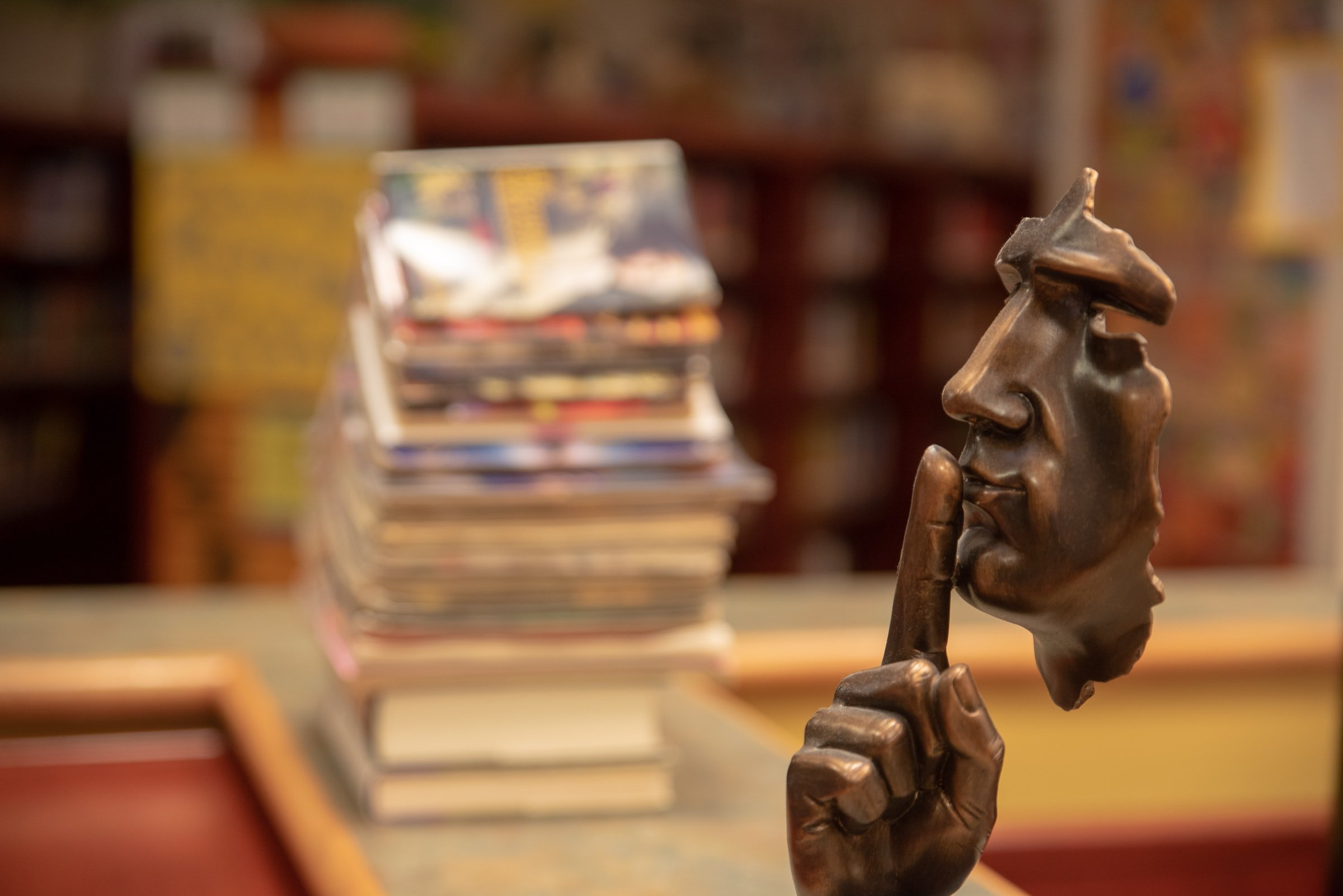
Silent Voices
By Mie Hald
Photo: Ernie A. Stephens / Unsplash
LGBTI+ people have been out and about for thousands of years, creating history and becoming icons. But not everyone is known for their queerness, and it isn’t always possible to pinpoint an exact identity to a historical individual.
Here you’ll find more or lesser-known historical figures who might’ve been forgotten, in one way or another, silent voices of queer history.
Marilyn Monroe
Though the very image of sex for decades, Marilyn Monroe’s (1 June, 1926 – 4 August 1962) relationship with it wasn’t as breezy as usually portrayed. In her unfinished autobiography My Life, she writes: “I used to wake up in the morning when I was married, and wonder if the whole world was crazy, whooping about sex all the time… Then it dawned on me […], other women were different than me.”
(Louise Blake Was Marilyn Monroe Asexual?, www.gcn.ie, 10 August 10 2021)
Multiple exerts of the autobiography raise evidence that the world-famous sex symbol might’ve been on the asexual spectrum. Additionally, Monroe points out her attraction, either romantic, aesthetically, or sexual, towards other women: “There was also the sinister fact that a well-made woman had always thrilled me to look at.”
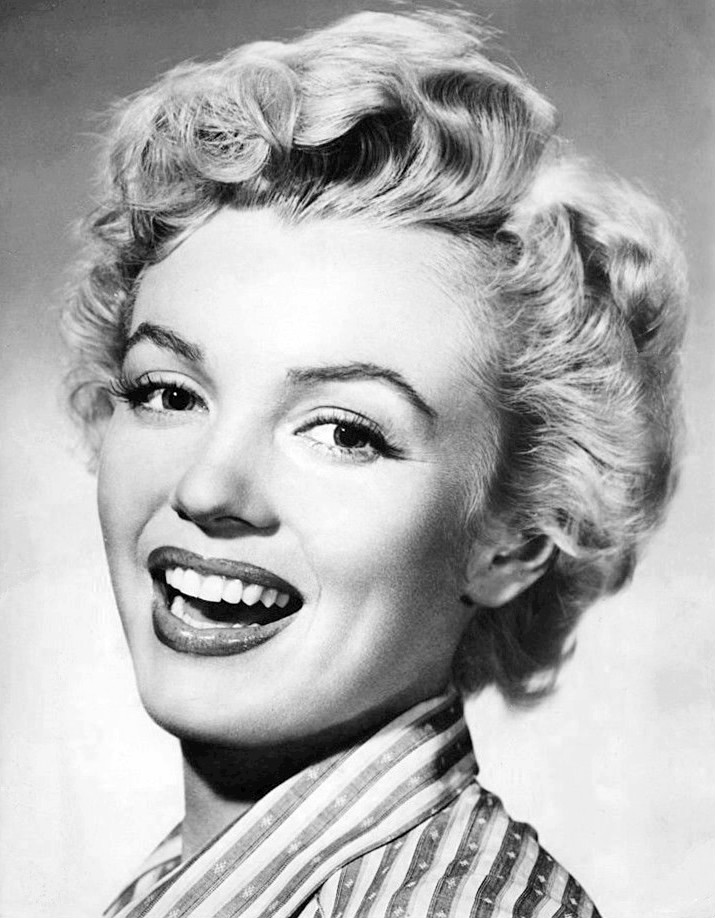
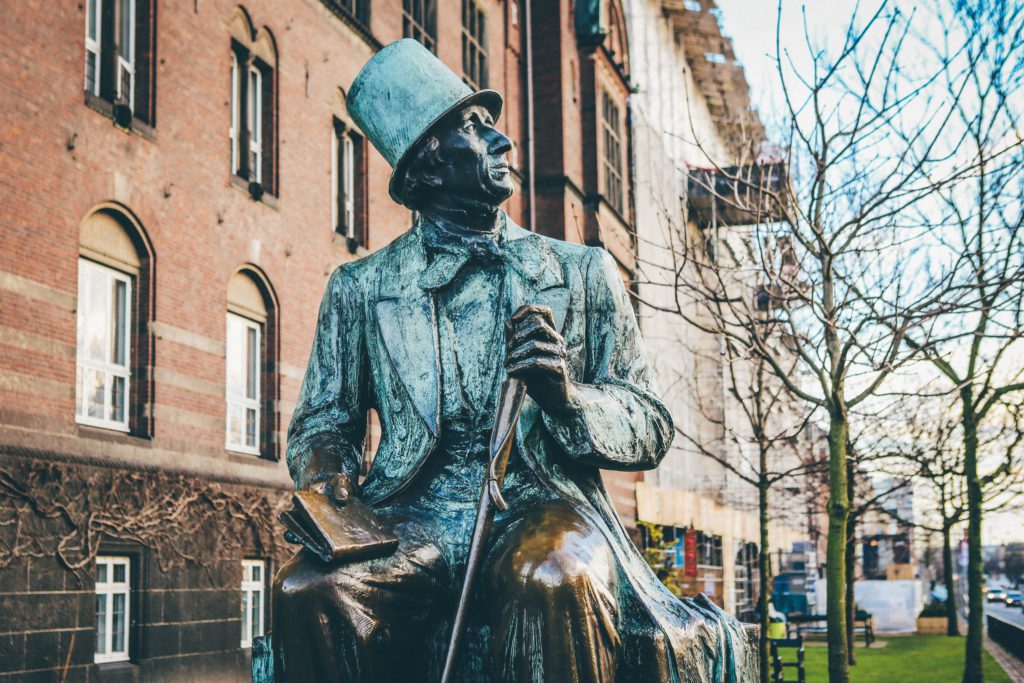
H. C. Andersen
Though Danish Author Hans Christian Andersen (2 April, 1805 – 4 August 1875) wrote about his love and longing for women, the possibility of him being attracted to men as well becomes apparent in his letter to his friend, Edvard Collin, from 28 August, 1835:
“I long for You; yes, in this moment I long for You, […]. Never had I a brother, but did I, I would not have loved him as You, and even then – You don’t reciprocate!”
Andersen’s love for Collin was unrequited and is speculated to have been the inspiration for The Little Mermaid.
James Barry
British Army military surgeon James Barry (9 November, 1789 – 25 July, 1865) served in Cape Town, South Africa, with a medical degree from the University of Edinburgh. Amongst his accomplishments are bettering the conditions for both inhabitants and soldiers and performing the first caesarean section by a European in Africa with both mother and child surviving.
At 19 years old, Barry wrote to his brother: “Was I not a girl I would be a Soldier!” Though assigned female at birth, Barry took on a male identity. This brought trials and tribulations throughout his life, and even today, Barry’s gender identity is still being speculated on. However, Barry always wished to undress alone and to be buried in his bedsheets without inspection once he passed, and we only know of his assigned gender because these wishes were dishonored.
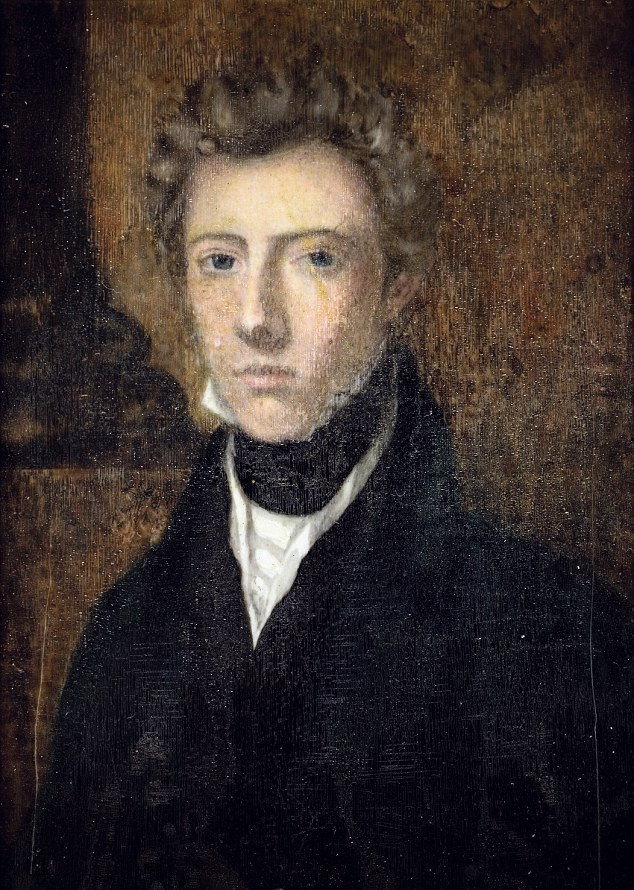

Ngola Ana Nzinga of Ndongo
Ana Nzinga (1583-1663) was a gender-nonconforming ruler of both Ndongo and Matamba (today known as Angola). During her rule, she fought off colonialists from Portugal with alternating diplomacy, trade, and guerrilla warfare.
Nzinga welcomed both runaway slaves and African soldiers with European training. Not only did the ruler herself dress in, according to her Dutch bodyguard, Captain Fuller, “men’s apparel” during ritual sacrifice – she also apparently kept a harem of young men dressed as women. She called them her wives and dressed in full male clothing when ruling as king.
In 2017, the Nigerian American photographer Mikale Owunna told NRP: “… her title was Ngola, and Ngola means king.”
Bayard Rustin
A close friend of Martin Luther King, Bayard Rustin (17 March, 1912 – 24 August, 1987) doesn’t often get any spotlight, although that’s slowly changing. The African American social rights leader advocated for civil rights, nonviolence, socialism, and gay rights.
Throughout his life and activism, Rustin was open about his homosexuality. He served 60 days in jail for just that in California from January 1953, but Rustin never let his identity stop him.
Rustin died of medical issues on August 24, 1987. His work was an integral part of the American Civil Rights Movement.
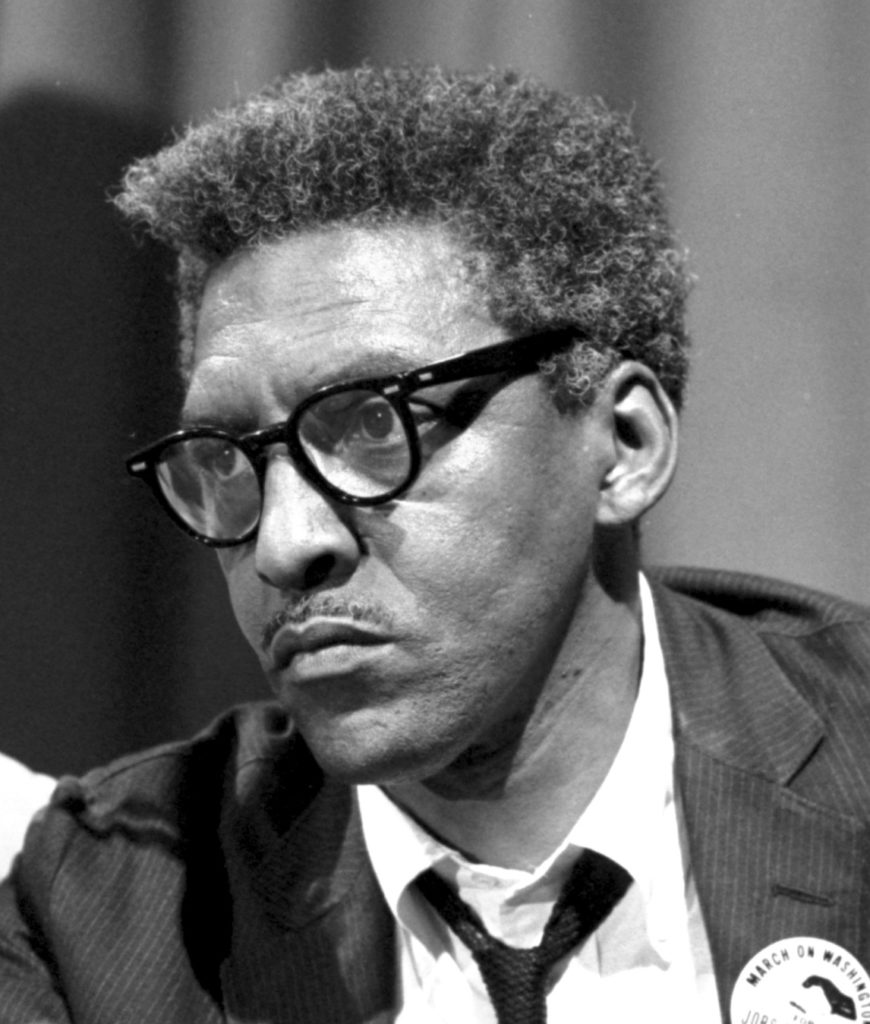
Romaine-la-Prophétesse
Romaine-la-Prophétesse (ca. 1750) was born Romaine Rivière in Santo Domingo around 1750. They were a free, black coffee plantation owner. Romaine was a religious figure, calling themself a prophetess, and with their followers, they burned various plantations when armed groups from Saint-Domingue gathered, freeing thousands of enslaved people in the process.
During the uprising, Romaine dressed as a woman, and they are speculated to have been transgender or genderfluid. They also spoke of possession of a female spirit, somewhat comparable to Vodou beliefs. In the past and today, Romaine transgresses conventional gender norms.
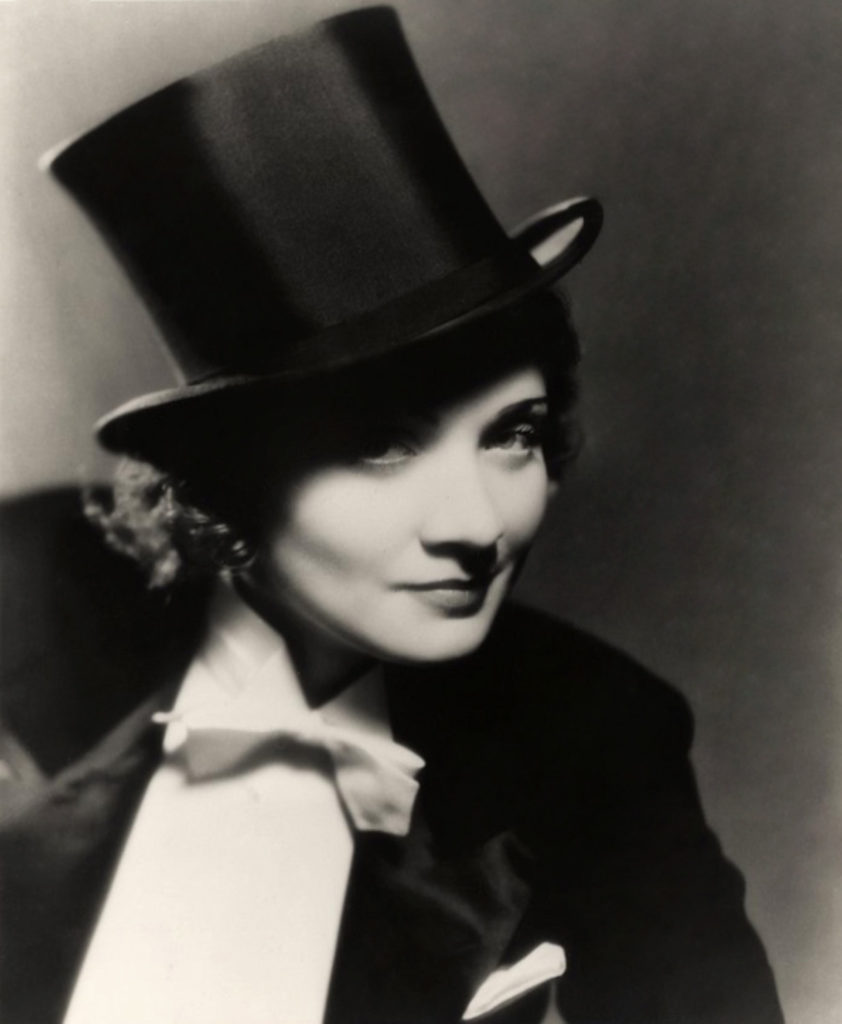
Marlene Dietrich
A better-known character on the list is actress Marlene Dietrich (27 December, 1901 – 6 May, 1992). In her 1930 film, Morocco, Dietrich plays a cabaret singer: while dressed in suit and tie, Dietrich provoked the world by kissing another woman – and simultaneously earning her the only Academy Award nomination of her career.
Dietrich was a part of what she called her sewing circle, an underground society of closeted lesbian and bisexual film actresses of old Hollywood. Throughout her lifetime, Dietrich had lovers of multiple genders at various times and is today considered a bisexual icon.
Ashikaga Yoshimitsu
Perhaps not the most well-known historical figure, at least in the West, Ashikaga Yoshimitsu (25 September, 1358 – 31 May, 1408) was the 4th shogun of the Ashikaga shogunate in the Japanese Muromachi period. Being a political and military leader, Yoshimitsu also maintained contact with the Japanese Zen community and was a great supporter of theater.
His adoration towards theater also fell upon the beautiful and young Noh actor, Zeami. Yoshimitsu made Zeami the favorite of his affection, which in shogun Japan quite often referred to a homosexual relationship, not uncommon at the time.
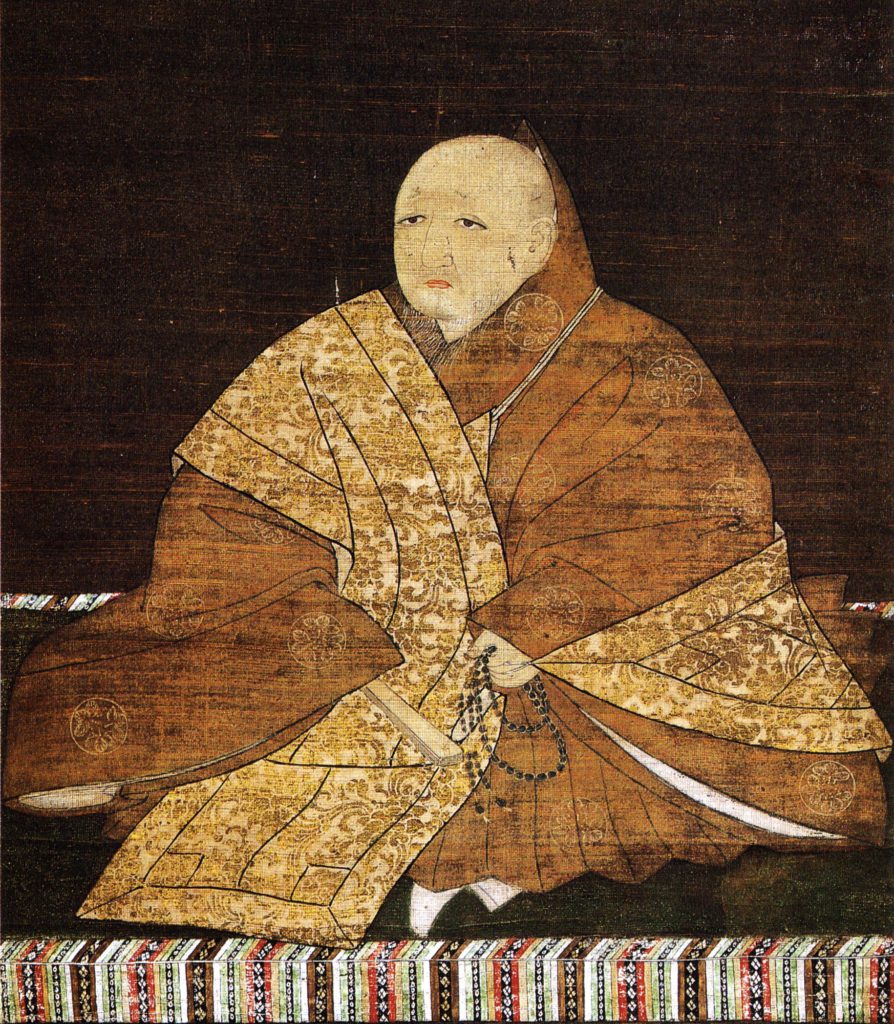

King James VI and I
King James VI and I (19 June, 1566 – 27 March, 1625) ruled multiple parts of what is now Great Britain. He is best known for commissioning the King James Bible, the first complete translation of the Bible from Greek to English, but was also known to give titles to his male lovers.
Amongst these are George Villiers. King James VI and I not only knighted Villiers, but made him an earl and later Duke of Buckingham. Villiers wrote to the king: “I naturally so love your person, and adore all your other parts, which are more than ever one man had.”
Selma Lagerlöf
Being the first female writer to ever receive the Nobel Prize in Literature is impressive in and of itself, but it being in 1909 makes Swedish Selma Lagerlöf (20 November, 1858 – 16 March, 1940) that much more impressive.
Lagerlöf met her lover, the Jewish writer Sophie Elkan, in 1894. The two of them were together until Elkan’s passing in 1921. Lagerlöf’s letters to Elkan were published in the 1992 book Du lär mig att bli fri (translation: “You teach me to be free.”).
Lagerlöf’s image featured the 1991 Swedish 20 kronor as the first-ever woman.
